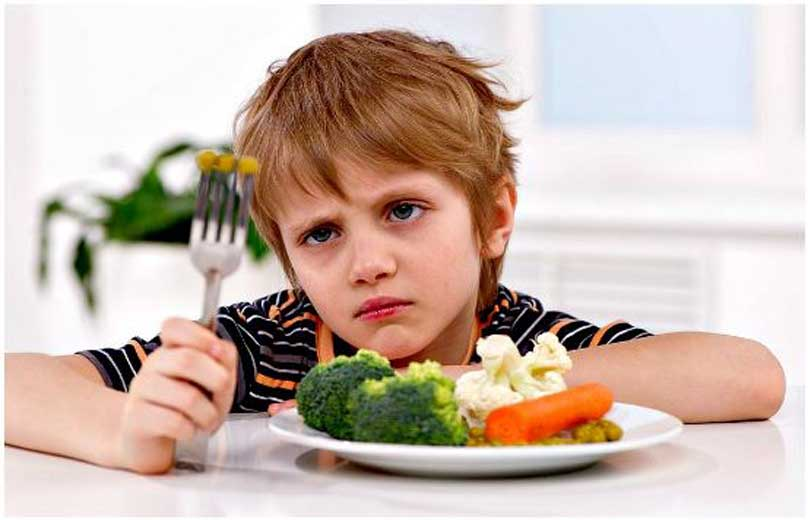Intro: Eating disorders don’t clock out at 5 PM. Creating supportive workplaces isn’t about diagnosing—it’s about building environments where healing can thrive.
1:Breaking the Silence: Creating a Culture of Compassion
The greatest barrier to support isn’t resources—it’s shame. Companies can dismantle stigma through intentional cultural shifts:
Leadership Vulnerability When executives share their own journeys, magic happens:
- Tech CEO Mark’s email: “My 2 PM therapy appointments aren’t weakness—they’re how I lead better.”
- HR Director Lena’s story: “Recovering from bulimia taught me resilience that benefits our entire team.”
Language Matters Training Replace triggering phrases with supportive alternatives:
| Instead of… | Try… | Why It Helps |
| “Let’s do a biggest loser challenge!” | “Join our ‘Energy Boost’ step challenge” | Avoids weight-focused competition |
| “You look great—lost weight?” | “You seem energized lately!” | Decouples praise from body size |
| “We provide mental health days” | “Take time for your well-being” | Normalizes without labeling |
Visible Support Symbols
- Wellness rooms with comfy chairs (not just for nursing moms)
- Breakroom posters: “Take lunch guilt-free—you’ve earned it”
- Email signatures: “I may be offline for therapy—will respond by [date]”
Impact: At Patagonia, after normalizing therapy talk, utilization of counseling benefits increased 300% without added costs.
2:Embedded Support Systems: Beyond the EAP Pamphlet
Traditional Employee Assistance Programs (EAPs) often fail eating disorder sufferers. Effective support is proactive and personalized:
The “Warm Handoff” Protocol When managers notice signs (frequent bathroom breaks post-lunch, avoiding team meals):
- Private check-in: “I care about your well-being—how can I support you?”
- Immediate connection: “Let me introduce you to our support navigator RIGHT NOW” (not “here’s a phone number”)
- Work adjustments: “Let’s block your calendar for lunch breaks—no meetings during that time”
Specialized Nutrition Support Partner with dietitians who:
- Host “Lunch & Learns” on intuitive eating (with catered diverse foods)
- Offer virtual snack consultations: “What to eat when stress has you craving chips?”
- Create non-triggering cafeteria labels:
- “Sustaining” (balanced meals)
- “Quick Fuel” (light bites)
- “Comfort Classics” (mac & cheese, etc.)
Flexible Scheduling for Recovery
- Therapy appointments = protected time (no PTO needed)
- “Step-down” return plans after treatment:
- Week 1: 10 AM – 2 PM, camera-off meetings OK
- Week 2: Add mornings
- Week 3: Full days with Wednesday therapy off
Success story: After residential treatment, software engineer Raj returned under this plan. His manager noted: “His focused work in 4 hours now exceeds his previous 8-hour distracted output.”
3:The Daily Safety Nets: Small Changes That Save Lives
Recovery happens in mundane moments. Companies can transform everyday routines into healing opportunities:
Meeting Revolution
- No more “working lunches”: Schedule 60-minute meetings with explicit 15-minute eating buffer
- Snack normalization: Managers start meetings by unpacking snacks (“Dig in if you’re hungry!”)
- Coffee run alternatives: “Walking meetings” replace pastry-focused outings
Travel & Event Accommodations For conferences and business trips:
- Pre-order meals matching recovery meal plans
- Private hotel rooms (no roommates triggering comparison)
- No mandatory cocktail hours—offer “sunrise yoga” alternatives
Peer Support Networks
- Confidential Slack channels moderated by professionals
- “Lunch buddies” program matching employees for support
- Quarterly “Recovery Roundtables” (optional attendance)
Example: Salesforce’s internal “Nourish Network” hosts monthly virtual lunches where employees eat together while discussing non-food topics like travel hobbies.
4:Sustaining the Support: Making Compassion Contagious
Support systems crumble without ongoing nurturing. Maintenance requires creative engagement:
Manager Training That Sticks Instead of dull HR modules:
- “Lived experience” panels featuring recovered employees
- Role-playing difficult conversations
- “Red flag” bingo cards identifying subtle signs
Wellness Metrics That Matter Track meaningful indicators:
- Cafeteria plate waste (less waste = less food anxiety)
- Meeting lunch take-up rates
- EAP utilization (not just sign-ups)
Inclusive Social Events Reimagine celebrations:
- Cooking classes > restrictive “healthy eating” demos
- Potlucks with “no diet talk” ground rules
- Volunteering at food banks (shifts focus from consumption to contribution)
Alumni Advocacy Program Recovered employees become:
- Peer mentors (1 hour/month paid)
- Policy advisors: “This cafeteria layout triggered me—here’s why”
- Onboarding buddies for new hires disclosing disorders
Conclusion: Companies as Catalysts for Healing
Workplaces aren’t clinics—but they can be sanctuaries where recovery is possible.
The Ripple Effects
- Accounting firm Deloitte saw presenteeism decrease 40% after implementing manager training
- Microsoft’s meeting reforms reduced after-hours work by 2 hours/week
- Google’s travel accommodations became industry standard among tech giants
What Success Looks Like
- A manager emails: “Take tomorrow for self-care—your project can wait”
- Team lunches feature laughter over salads AND pizza
- An employee shares in a performance review: “Your support let me focus on recovery—now I’m thriving”
As organizational psychologist Dr. Rachel Evans observes: “When companies stop demanding employees leave their humanity at the door, they unlock extraordinary potential. Supporting eating disorder recovery isn’t charity—it’s recognizing that whole humans build better results.”
The goal isn’t perfection. It’s creating spaces where an employee might whisper to HR: “I need help,” and hear: “We’ve got you.” Not with pity, but with the same matter-of-factness as approving vacation time. That’s when workplaces stop being part of the problem—and become partners in healing.
In the end, it’s simple: Companies that nourish their people, body and soul, don’t just survive—they thrive. One supportive conversation, one guilt-free lunch break, one brave story shared at a time.


